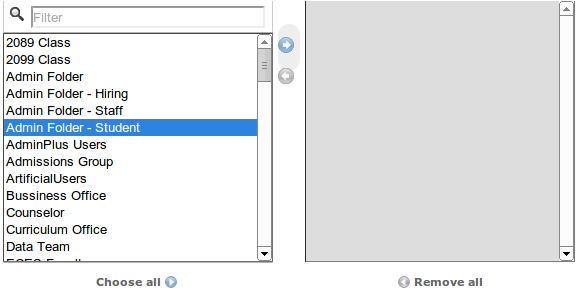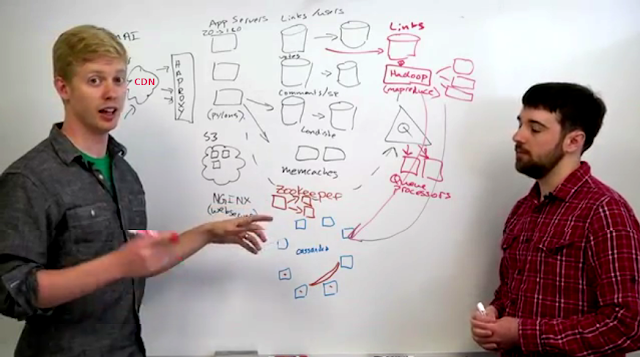Django - Use the Django admin app's FilteredSelectMultiple widget in form

To use the FilteredSelectMultiple widget of the Django admin app you have to do several things: 0. Include FilteredSelectMultiple widget: from django.contrib.admin.widgets import FilteredSelectMultiple 1. Define the form, for example: class MyForm (forms.Form): first_name = forms.CharField(max_length=100) groups = forms. ModelMultipleChoiceField (\ widget= FilteredSelectMultiple ("Groups", is_stacked=False),\ queryset=models.Group.objects.all()) class Media : css = {'all': (' /static/admin/css/widgets.css ',),} js = (' /admin/jsi18n ',) Notes: * /static/ is my STATIC_URL setting and I also copy the static admin folder from Django source. * You also need to define the url pattern for jsi18n path in urls.py : ... (r'^admin/jsi18n/$', 'django.views.i18n.javascript_catalog'), ... 2. Include necessary css and js in the template: ... <script type="text/javascript" src=...

